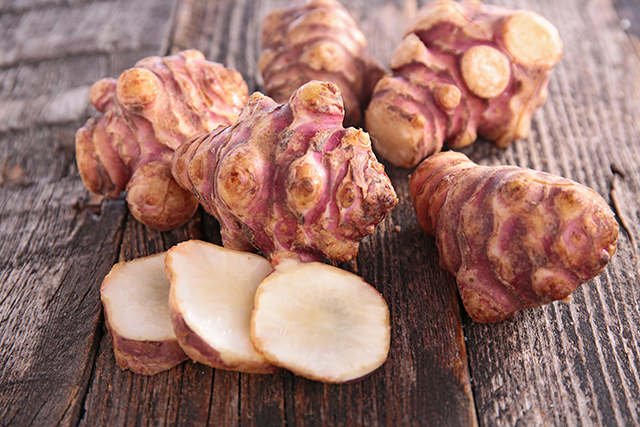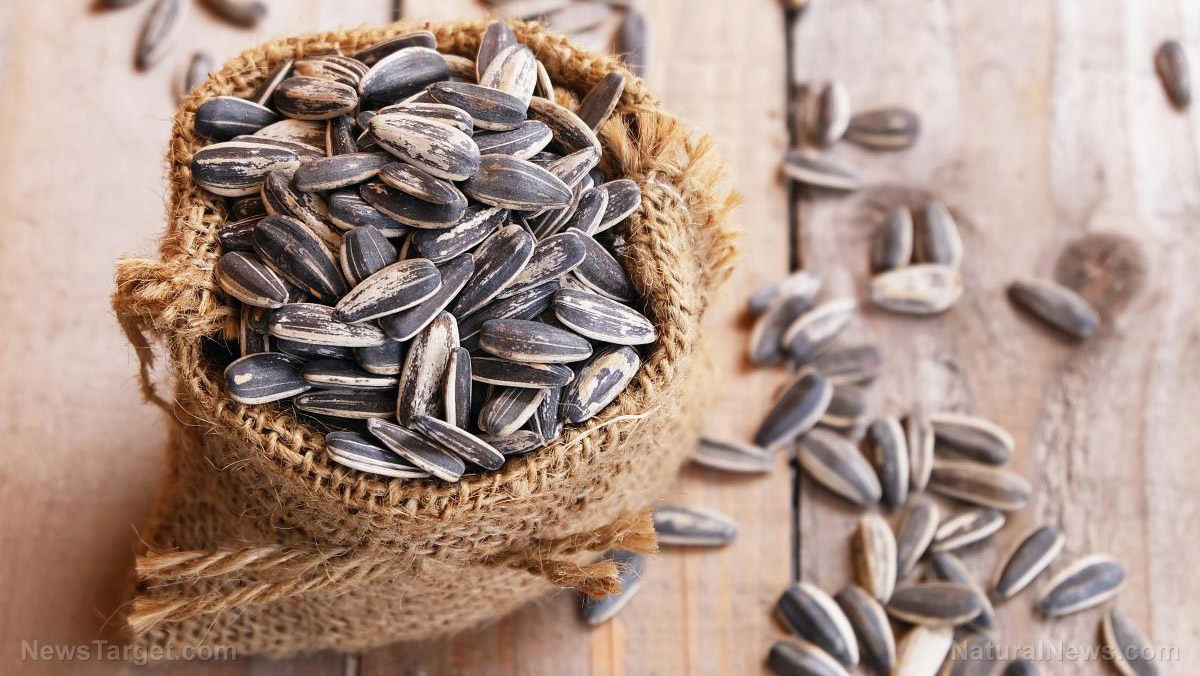An engineering feat: Different types of silk in a spider web allow it to effectively capture prey
11/30/2018 / By Edsel Cook

To human eyes, a spiderweb looks beautiful yet delicate. However, the strands are tough enough to survive contact with much larger animals. At the same time, they are also small enough to evade the notice of the prey that the web is intended to reveal and ensnare.
Intrigued by this duality, a group of researchers investigated the physical architecture and material composition of spiderwebs. As detailed by a Newswise article, the study sought to determine how a combination of various silks and geometric shapes resulted in the elasticity and strength of the web.
They reported coming across a means by which the silk strands absorbed energy. It could handle both minute amounts of energy caused by the movement of small prey animals and larger amounts from heavier predators.
This previously-unknown mechanism accounted for the concurrent durability and responsiveness of a spider web. The researchers published their findings on this process in the scientific journal Applied Physics Letters. (Related: Silk fibers may become the secret ingredient in the next round of high tech natural “metamaterials.”.)
Spiderwebs can absorb almost the same amount of energy at any spot
The study reported that spiders build their webs using a precise mixture of spiral and radial silks. The former is softer and very stretchy, while the latter is more rigid and uniform. The combination of the two opposites increased the energy-absorption ability of the spiderweb.
Spiral silk is used to create the radial spokes that move away from the center of the web. The researchers found that the gradient of these silk spokes displayed a very noticeable variation.
Furthermore, they found that both spiral and radial silks possessed the right mechanical properties to ensure the uniform absorption of energy. Each part of a spider web can absorb almost the same amount of energy.
This contrasts with the findings of earlier studies, where the amount of energy absorbed by the parts was much more varied. However, those experiments compared different, separate webs.
The Tsinghua University (TU)-led study, on the other hand, looked at the material properties of a single spiderweb. It was the first of its kind to look at the interactions between different silks and geometric shapes in the same web.
It found that the gradient variations in spiral silks are not just noticeable. They are also repeated without fail. The silk could be spun by a different spider for a differently-sized web, but the variations remain the same.
Building structures and vehicles that are as tough as spiderwebs
In the experiment, researchers raised orb-weaver spiders. They stored and gathered samples of the spiderwebs with the help of custom wooden frames.
The samples were analyzed to determine the diameter of their silk strands. Then they were subjected to uniaxial tension tests that evaluated the elasticity and strength of the silks.
In addition, the researchers counted the number and density of glue droplets. These adhesives appear during the construction of the web and the connection of the radial spokes.
“The spiral silks feature a distinct gradient variation in the tensile stiffness along the radial direction of the web,” said TU researcher and study author Xi-Qiao Feng. “Due to the gradient variation in the properties of spiral silks, the web exhibits a nearly uniform energy absorption ability, regardless of the position where a flying prey impacts on the web.”
The findings of the study could be put to use in buildings and vehicles. In the same way that spider webs could absorb a lot of punishment, future structures could be made much more resistant to destructive impacts such as collisions and falls.
Curious about the other cool things spiders can do? You can find more stories about them in Ecology.news.
Sources include:
Tagged Under: Ecology, environment, nature, scientific discoveries, silk, spider silk, spiders, spiderwebs




















